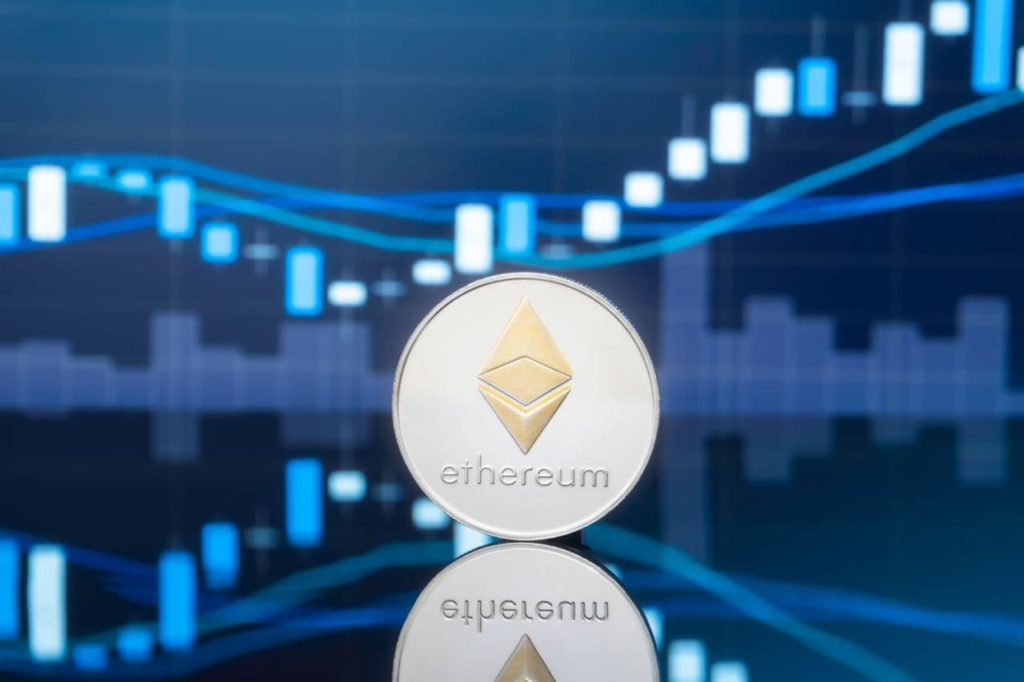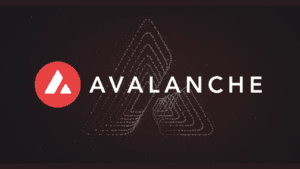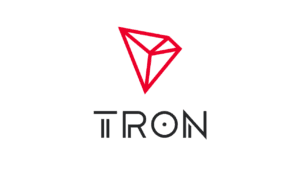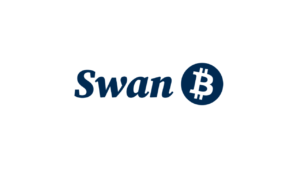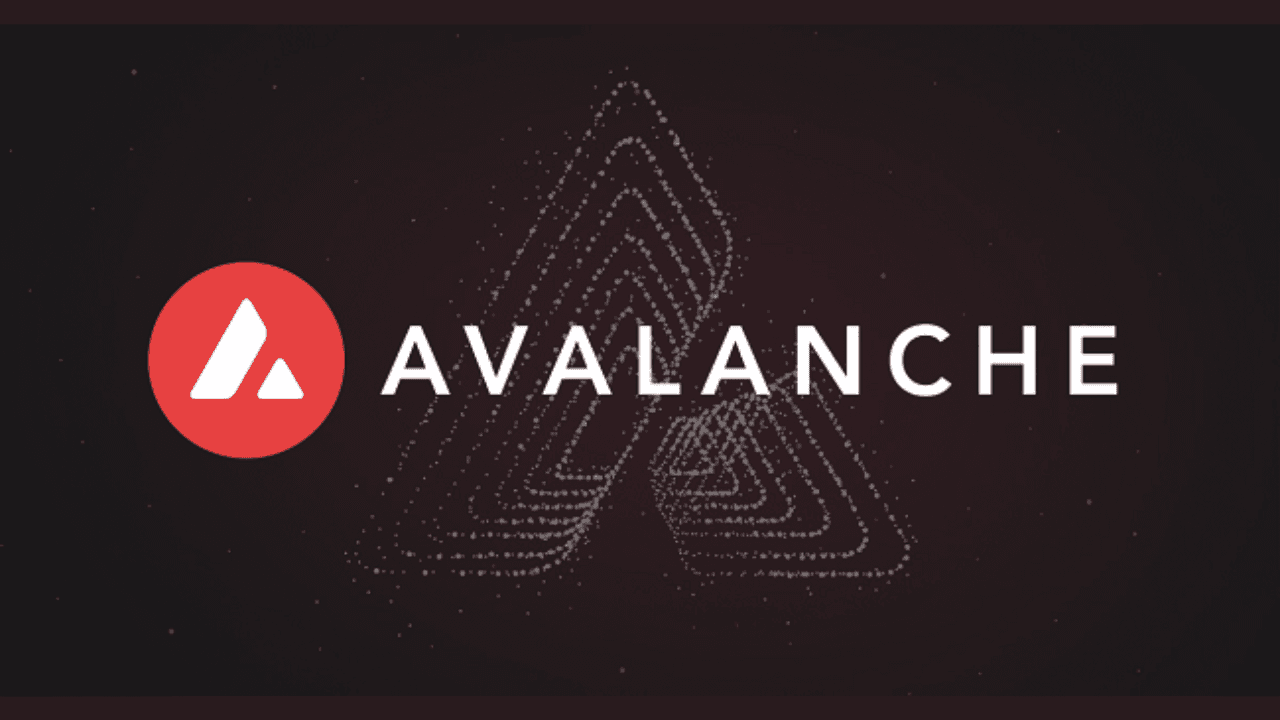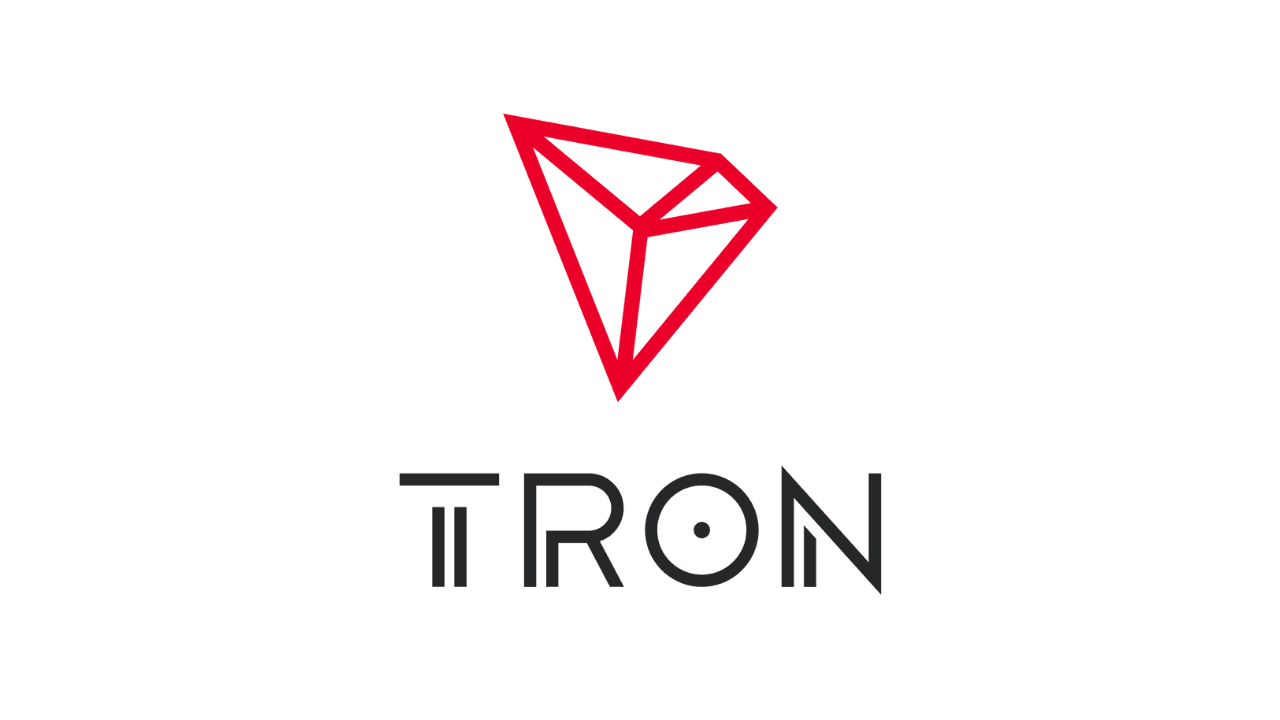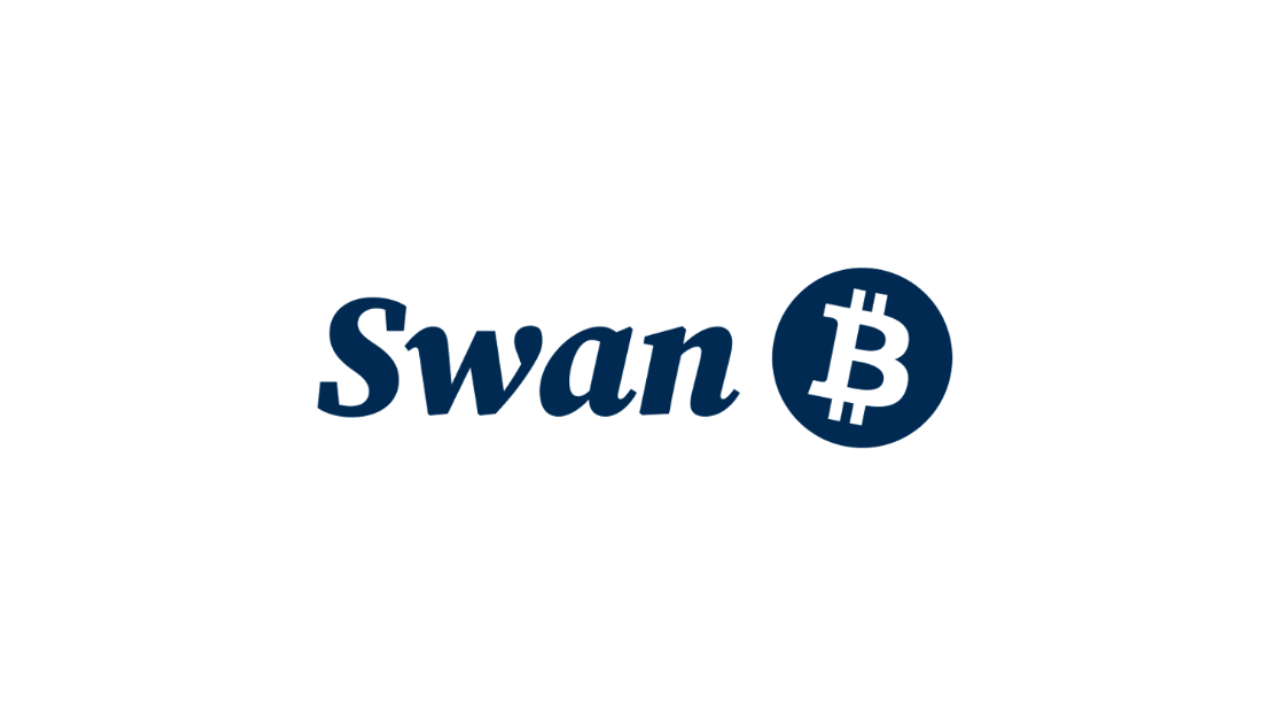In the past 30 days, Ethereum’s token supply has experienced a significant increase of nearly 30,000 ETH, equivalent to over $47 million at current market prices. This data is sourced from ultrasound. Money highlights a noteworthy development within the Ethereum ecosystem. Notably, this expansion in ETH token supply is partly attributed to reduced network usage and fees, mainly stemming from the adoption of layer 2 (L2) scaling solutions.
The adoption layer 2 (L2) scaling solutions, has witnessed substantial growth, reflected in both user adoption and Total Value Locked (TVL). The TVL of L2 networks currently stands at approximately $10.5 billion, more than doubling its value compared to a year ago. Meanwhile, Ethereum’s TVL has seen a contrasting trend, decreasing by over 30% in the past year from nearly $30 billion to more than $20 billion, according to data from DefiLlama.
Table of Contents
ToggleUnderstanding Ethereum’s Deflationary Narrative
The deflationary narrative surrounding Ethereum gained prominence following the activation of Ethereum Improvement Proposal (EIP) 1559 in August 2021. EIP-1559 introduced a fee-burning mechanism that effectively burns a portion of ETH paid in fees by users, exerting a deflationary pressure on ETH’s circulating supply.
Further contributing to Ethereum’s deflationary stance was the transition to a proof-of-stake (PoS) consensus mechanism with “The Merge.” This transition significantly curtailed issuance, reducing Ethereum’s inflation rate by nearly 90%. Prior to The Merge, miners were rewarded with approximately 13,000 ETH per day as block rewards. Since the transition to PoS, the issuance rate has dropped to around 1,700 ETH per day.
Impact of Network Activity on Supply
The dynamics of Ethereum’s supply are intrinsically linked to network activity. When the Ethereum network experiences high usage and congestion periods, the ETH burned in transaction fees may surpass the new ETH created. This phenomenon acts as a brake on overall supply growth and has the potential to bolster ETH prices. Conversely, during reduced activity phases, fewer fee burns contribute to an expansion in the supply, introducing the possibility of inflation.
It’s worth noting that the recent surge in supply over the past month cannot be solely attributed to reduced usage. Ethereum’s daily active addresses and on-chain transaction volume have remained relatively stable throughout the year. The weekly average of daily transactions has even increased by nearly 7% since the beginning of the year. In comparison, the weekly average on-chain volume has surged by almost 80%, rising from over $1 billion to approximately $1.9 billion over the same period, according to data from IntoTheBlock.
In summary, Ethereum’s recent supply dynamics, driven by a combination of factors including layer two adoption and EIP-1559’s fee-burning mechanism, showcase the complexity of cryptocurrency economics and its responsiveness to network activity.

